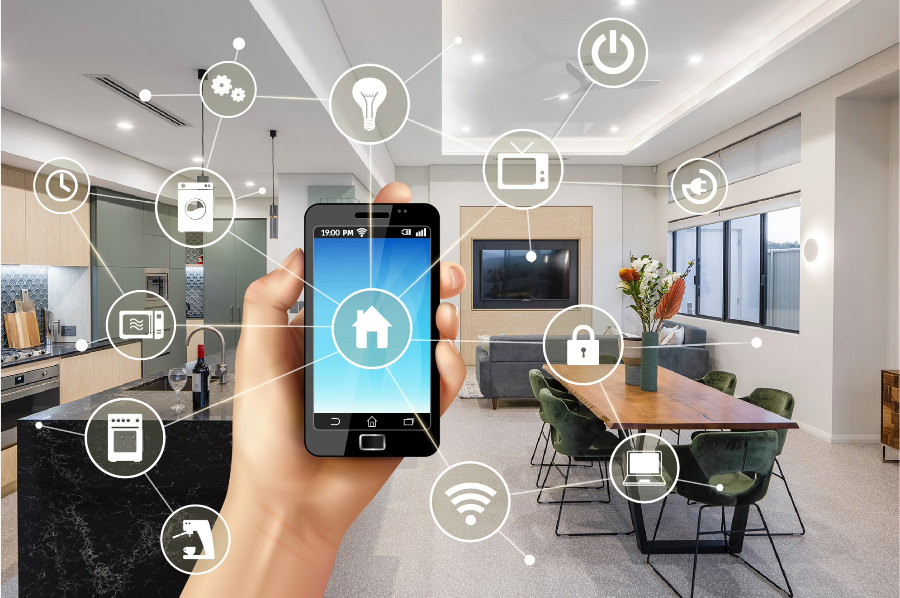Welcome to the smart home beginner guide, your essential roadmap to navigating the exciting world of smart homes. Whether you're a homeowner looking to modernize your living space or a business aiming to enhance operational efficiency, this guide is tailored for you. In this digital era, integrating smart technology into your home or business is no longer a luxury but a necessity.
Transforming your ordinary space into a smart one can seem daunting. However, with the right guidance and understanding, the transition can be smooth and immensely rewarding. This guide will walk you through the basics, helping you make informed decisions every step of the way.

Understanding Smart Home Technology
Before diving into the specifics, it's crucial to grasp what smart home technology entails. Essentially, a smart home is equipped with devices that automate and control various aspects of your environment, from lighting and temperature to security and entertainment, all manageable from your smartphone or voice-activated assistants.
For a deeper understanding of how smart home devices work and how you can control them effectively, check out this guide on controlling smart home devices.
Why Consider a Smart Home?
The benefits of a smart home are numerous. First and foremost, it offers unparalleled convenience. Imagine adjusting your thermostat or lighting with a simple voice command or a tap on your smartphone. Moreover, smart homes provide enhanced security, energy efficiency, and even increase the value of your property.
Additionally, smart technology can significantly improve your lifestyle. For more insights into smart home lifestyle benefits, read this article on lifestyle benefits.
Getting Started: The Basics
1. Assess Your Needs
Start by identifying what you want to achieve with your smart home. Are you looking to improve security, enhance energy efficiency, or simply add a touch of convenience? Understanding your goals will help you prioritize which devices to invest in first.
2. Choosing the Right Ecosystem
One of the first decisions you'll need to make is choosing a smart home ecosystem. Popular ones include Google Home, Amazon Alexa, and Apple HomeKit. Each has its own strengths and compatible devices, so consider which ecosystem aligns best with your needs and existing technology.
3. Start Small and Expand
It's wise to start with a few key devices and gradually expand as you become more comfortable with the technology. Common starting points include smart speakers, thermostats, and lighting systems. These devices offer immediate benefits and are relatively easy to install.
For those on a budget, explore affordable smart home ideas that won't break the bank.
Overcoming Common Challenges
As with any technology, smart home systems come with their own set of challenges. Connectivity issues, device compatibility, and security concerns are common hurdles. However, these can be mitigated with proper planning and knowledge.
For a comprehensive understanding of potential problems and solutions, visit this guide on common smart home problems.
Final Thoughts
Embracing smart home technology is a significant step forward in enhancing your living or working environment. By starting with this smart home beginner guide, you're on the right path to creating a connected space that meets your specific needs and preferences.
Remember, the key to a successful smart home is not just the technology itself, but how well you integrate it into your lifestyle or business operations. For an in-depth look at setting up your smart home, explore this detailed smart home guide.

FAQs
What is the first step in setting up a smart home?
The first step is to assess your needs and determine what you want to achieve with smart technology. This will guide your decisions on which devices to invest in and which ecosystem to choose.
Can smart home devices improve energy efficiency?
Yes, smart home devices such as thermostats and lighting systems can significantly reduce energy consumption by optimizing usage based on your habits and preferences.
Is it expensive to set up a smart home?
While some smart home devices can be costly, there are many affordable options available. Starting small and expanding gradually can help manage costs effectively.

